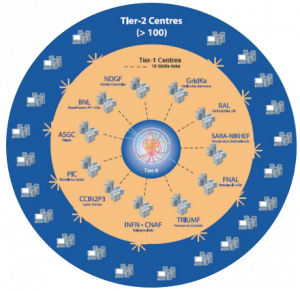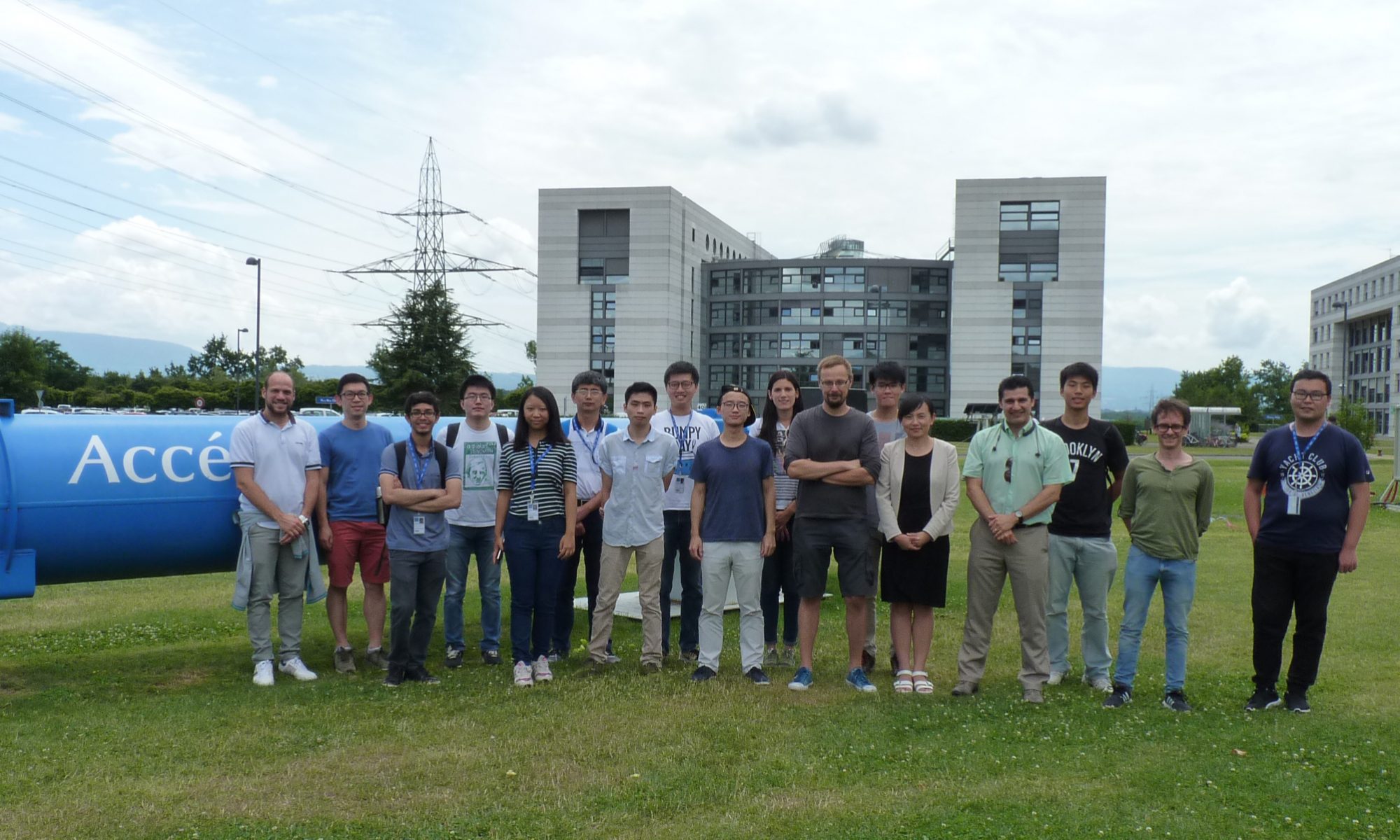Building a Tier-2 Computing Cluster in Hong Kong

Since June 2014, the Hong Kong Experimental Particle Physics Team has become a full member of ATLAS, offering exciting opportunities for groundbreaking advancements in fundamental physics for scientists and students from Hong Kong. We are now embarking on the establishment of a computing center in Hong Kong for ATLAS, dedicated to supporting simulation and analysis projects in astrophysics, cosmology, and particle physics.
What is a Tier-2 computer cluster?
We are in the process of constructing a Tier-2 computing cluster. In simple terms, a computer cluster is a network of computers that work together. It possesses significantly greater power compared to personal computers due to its increased processing units and memory, thereby enabling numerous possibilities for scientific research.
Now, let us delve into the specifications of our upcoming computer cluster:
| Item | Power |
|---|---|
| Processing power | 1000 computer cores |
| Memory | 3GB+ per core |
| Data Storage | 400TiB (~13million copies of Bible) |
The system will be integrated into the Worldwide LHC computing Grid (WLCG), the world’s largest computer grid supporting the operations of the Large Hadron Collider (LHC), the world’s largest particle accelerator. Once established, our cluster will collaborate with computers worldwide to analyze the massive volume of data generated by the LHC every second.
Background
In 2012, the Higgs Boson, also known as the ‘God particle,’ was discovered at the Large Hadron Collider (LHC) in CERN. This remarkable achievement resulted from the dedicated efforts of scientists and engineers from around the world. Together, they accomplished something truly extraordinary: recreating the conditions approximately 10-12 seconds after the Big Bang by colliding protons with immense energy in the laboratory.
Each of these proton-proton collisions, occurring at a rate of 600 million per second, generates thousands of particles that scatter in all directions. These particles are detected as electronic signals by multiple layers of particle detectors, providing us with an enormous amount of information. Each year, the LHC generates about 25 petabytes of data, which is equivalent to 25,000 1TB hard disks commonly used at home. This poses an unprecedented challenge in terms of data sharing, storage, visualization, and analysis
Working Principle of the Grid

How can we effectively handle such a massive volume of data? The underlying concept is simple: we can draw inspiration from the organizational structure of a beehive. In a beehive, there is a queen, male drone bees, and worker bees with specific tasks. Similarly, the Worldwide LHC Computing Grid (WLCG) operates on a hierarchical structure.
The central computer, known as the CERN Data Centre, functions as the “queen” and serves as the Tier 0 of the Grid. Just like the queen bee, the Tier 0 CERN Data Centre primarily produces the raw experimental data required by other data centers. However, unlike the queen, the Tier 0 center also performs some processing tasks. It handles approximately 20% of the data from the particle detectors in the LHC and distributes the remaining workload to Tier 1 computer centers, which can be thought of as the male drone bees.
The Tier 1 centers are responsible for data storage and conduct additional processing as necessary. They identify specialized tasks and distribute them to the Tier 2 centers, which are mostly affiliated with universities. We are proud to announce that Hong Kong will soon join the ranks of these Tier 2 centers.
Benefits of this Project
Naturally, our scientists in Hong Kong will not shoulder the entire burden alone. With a Tier 2 center, we gain access to the powerful WLCG. This means that we can submit job requests to the system, and the computing and storage capabilities of the WLCG will be at our disposal whenever needed.
Other Benefits
- Encouraging collaboration between physicists and computer scientists in Hong Kong.
- Establishing a home computing facility in Hong Kong.
- Enhancing the international visibility of the particle physics group in Hong Kong.
- Becoming a member of the Open Science Grid (OSG) Organization and, as a result, benefiting various scientific fields in Hong Kong, such as astrophysics, nanotechnology, biology, and geography.
